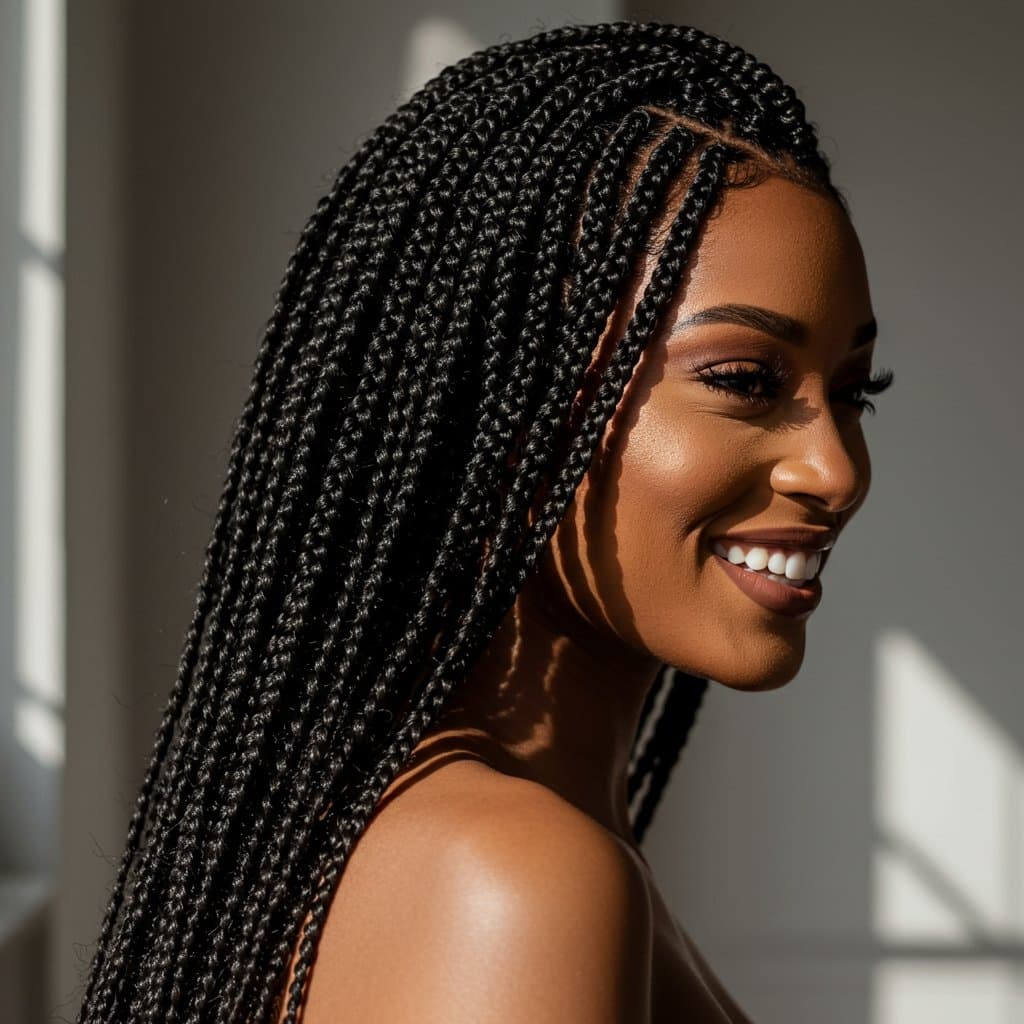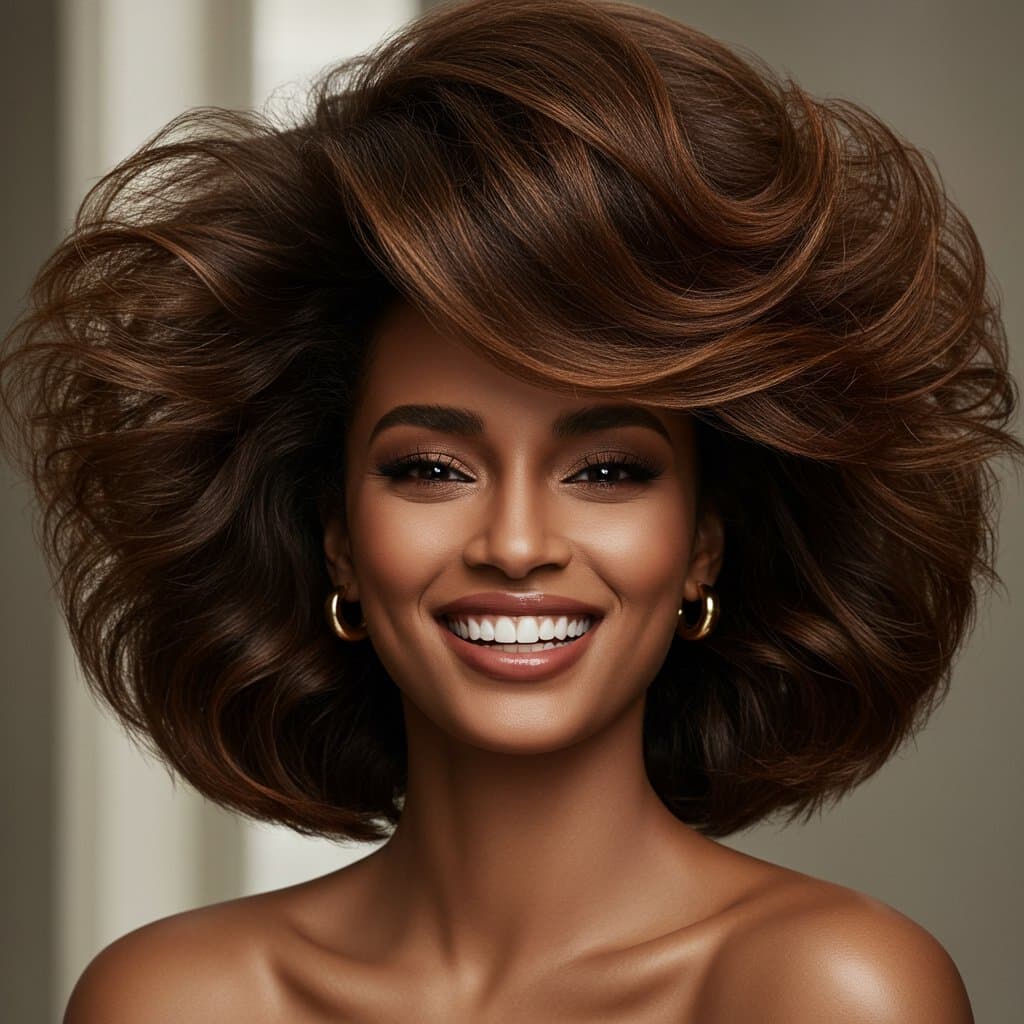
How to Grow Out Bangs Gracefully: Styling Tips for Every Stage | The Ultimate Hair Guide
11 min read

11 min read

10 min read

9 min read

12 min gallery

15 min read

12 min read
There is a distinct feeling of confidence that comes with stepping out of a salon with freshly colored hair. Whether it is a rich, dimensional balayage, a platinum blonde transformation, or a deep, glossy brunette, a new hair color can completely revitalize one's appearance. However, the true challenge begins the moment the salon appointment ends. Without a specialized hair care routine for color-treated hair, that expensive investment can fade, turn brassy, or lose its luster within weeks.
maintaining hair color vibrancy is not just about buying a single bottle of color-safe shampoo; it requires a comprehensive lifestyle shift regarding how one handles, styles, and treats their hair. From water temperature to UV exposure, numerous environmental and mechanical factors work against the longevity of hair dye. This guide provides an in-depth, professional approach to the best hair care routine for color-treated hair, ensuring that vibrancy is maintained for as long as possible between salon visits.
Before diving into the routine, it is essential to understand the science behind why color fades. Hair color works by depositing pigment into the hair shaft (the cortex) through the cuticle layer. Permanent color uses ammonia or similar agents to lift the cuticle and deposit dye, while demi-permanent color sits closer to the surface.

Fading occurs when the cuticle is raised or damaged, allowing pigment molecules to wash out or oxidize. Water is the number one enemy of hair color. When hair gets wet, it swells, and the cuticle scales lift, creating an exit route for color molecules. This is why red hair color, which has the largest molecule size, tends to fade the fastest—it simply slips out of the hair shaft more easily than other pigments.
Additionally, oxidation plays a massive role. Just as a sliced apple turns brown when exposed to air, hair color changes when exposed to UV rays and oxygen. This process breaks down the chemical bonds of the dye, leading to the dreaded brassiness in blondes or the dull, flat tones in brunettes. Understanding these mechanisms highlights why a protective routine is non-negotiable.
The timeline for color maintenance starts immediately after the service is completed. Professional stylists universally agree on one golden rule: do not wash hair for at least 48 to 72 hours after coloring. This waiting period is crucial for the chemical process to stabilize.

During the coloring process, the hair cuticle is opened significantly to allow the dye to penetrate. It takes time for the cuticle layer to fully close and for the pigment molecules to become trapped within the hair fiber. Washing the hair too soon can strip away a significant amount of color before it has had a chance to set. If the hair feels oily or flat during this waiting period, utilizing a high-quality dry shampoo is the best alternative to a full wash.
Once the initial waiting period is over, the way hair is washed becomes the cornerstone of the maintenance routine. The frequency of washing is arguably the single most significant factor in how long hair color lasts. Water, regardless of its temperature or quality, causes the hair fiber to swell, lifting the cuticle and allowing dye molecules to escape. For those accustomed to daily washing, transitioning to a schedule of two to three times per week can be a difficult but necessary adjustment.

Coloring hair, particularly lightening or bleaching, changes the porosity and protein structure of the strands. To maintain vibrancy, the hair must be kept healthy; damaged, porous hair releases color much faster than healthy hair. This is where a rigorous hydration and repair routine comes into play.

Heat styling tools—flat irons, curling wands, and blow dryers—are notorious for fading color. High heat can scorch the hair cuticle and literally boil the color molecules out of the hair, causing immediate fading and tone changes. For example, high heat can instantly turn cool toned blonde hair brassy or yellow.

Environmental factors are often overlooked in hair care routines. The sun's UV rays act as a natural bleach, breaking down the pigment in both natural and colored hair. This photo-degradation leads to color fading and dryness.

Even with the best home care routine, color will eventually shift. However, one does not always need a full color service to restore vibrancy. Professional salons offer interim solutions that are less damaging and more cost-effective.


Q: Can I use coconut oil on color-treated hair? A: Yes, coconut oil is generally safe and can be a good pre-wash treatment. However, it can be heavy and difficult to wash out, potentially leading to over-washing. Lighter oils like argan or marula are often better for daily styling.

Q: How often should I use a purple shampoo? A: Purple shampoo is a toning product, not a daily cleanser. Use it once a week or every few washes. Overusing it can make blonde hair look dull, darker, or even slightly violet.
Q: Is vinegar safe for color-treated hair? A: Apple cider vinegar rinses can help seal the cuticle and increase shine due to their acidity. However, they should be diluted significantly. Undiluted vinegar is too acidic and can dry out the hair.
Q: Does hot oil treatment strip hair color? A: It depends on the oil and the temperature. Warm oil can penetrate effectively, but if the oil is too hot or if the product contains harsh ingredients, it could lift the color. Always use products specifically formulated for color-treated hair.
Q: Why does my red hair fade so fast? A: Red dye molecules are significantly larger than other color molecules. Because of their size, they do not penetrate as deeply into the cortex and are more easily washed out of the hair shaft when the cuticle lifts.
Q: Can I wash my hair with just water? A: While rinsing with water removes sweat, it does not remove oil or product buildup effectively. For color-treated hair, using a co-wash (cleansing conditioner) is a better alternative to water-only washing if you need to refresh your hair without a full shampoo.
Adopting the best hair care routine for color-treated hair is a commitment to preserving the health and beauty of your hair. It requires a shift in habits—washing less frequently, lowering heat settings, and investing in quality ingredients. By understanding the science of the hair cuticle and protecting it from environmental stressors, you can significantly extend the life of your color. Remember, vibrant hair is healthy hair; treating your strands with gentleness and care is the secret to making that salon-fresh feeling last for weeks on end.

11 min read

10 min read

9 min read